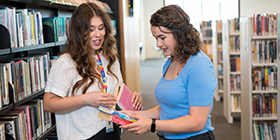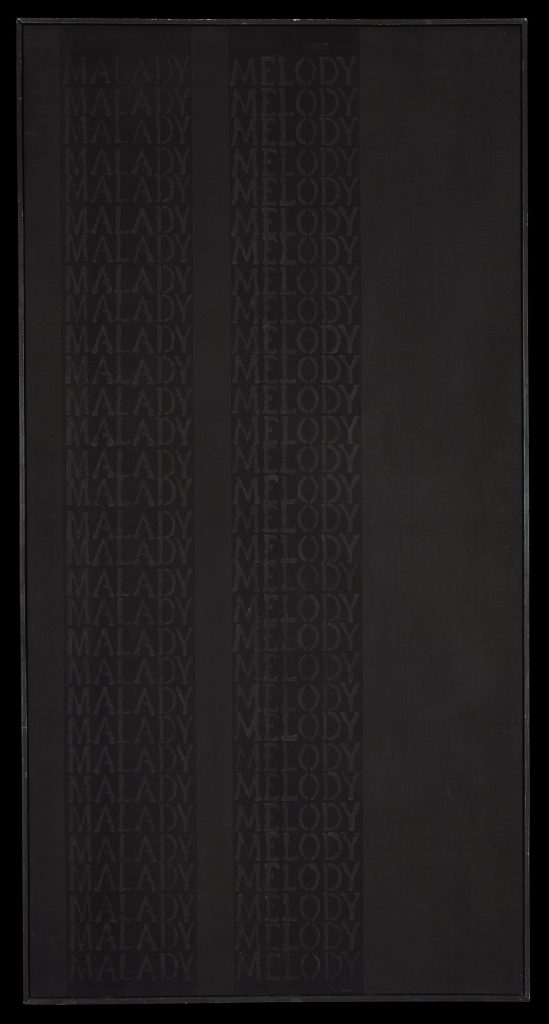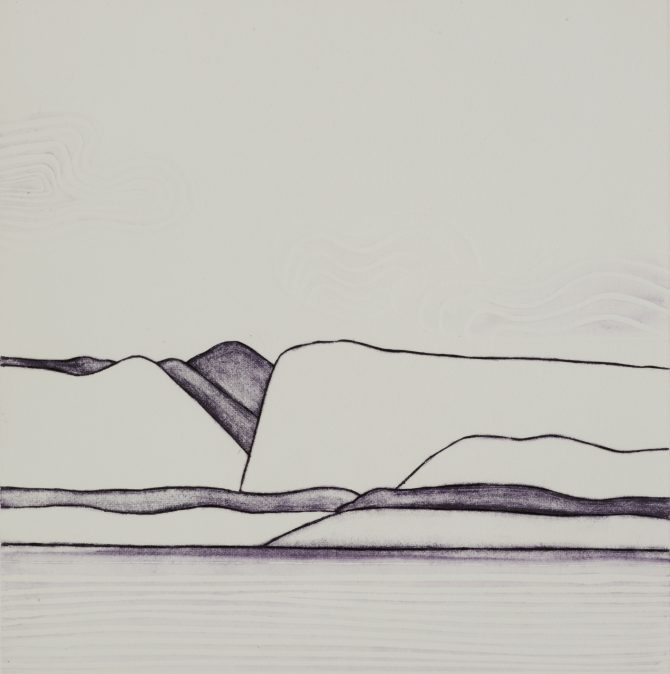The first in a series of blog posts about Māori artists.
Māori have been artists before that term even arrived here because our visual language makes up an important part of how we learn and know who we are.
The stories of our ancestors and places are carved, woven and painted into our whare and taonga all over Aotearoa. This trajectory of art making has not slowed but actually grown and adapted over time to reflect the way Māori artists have been seeing and experiencing the world at the time.
Māori artists have worked as individuals but also as collectives, drawing on ideas of wānanga and whanaungatanga. They adopted new materials and techniques into their art practices which led to new ways of making and also exhibiting. Now we have a wonderful archive of art from our early contemporary Māori artists and our more recent artists in institutions across Aotearoa that we can continue to use as tools for further understanding and growth.
In this list is some of this archive to show developments that have been happening because of our Tuakana artists forging the way for the artists that followed. It is also a great opportunity to highlight some pretty important and amazing art works held in collections and archives across the arts sector.
Ralph Hotere (Te Aupōuri)
He is arguably one of our most important artists. His minimalist paintings are instantly recognisable with the distinctive use of black paint on found materials. His paintings speak for themselves in their grandeur as they evoke feelings and emotion by the viewer. Another aspect of Hotere’s work is that he collaborated often with other artists and writers such as Bill Culbert, Bill Manhire and Hone Tuwhare.
- Audiotour of Hotere's work, Malady panels at Christchurch Art Gallery (narrated by Sam Neill)
- Online biography of Ralph Hotere (Te Ara)
- Artworks by Ralph Hotere at Auckland Art Gallery
Robyn Kahukiwa (Ngāti Porou, Te Aitanga a Hauiti, Ngāti Konohi, Te Whanau a Ruataupare)
Her paintings really stand out in our art collections, using bold colours and textured paint to share our stories of whanaunga and mythology. Her illustrations also fill many of the childrens books in our library collection.
Marilynn Webb (Ngā Puhi)
Webb is a printmaker who layers pastel and other painting techniques to create her artworks. Through her work, that depicts the beauty and majesty of particularly our southern landscapes, she constantly reminders us that we are always in the natural world.
- Artworks by Marilynn Webb at Christchurch Art Gallery
- Artist profile and works, Gallery De Novo
- Marilynn Webb: Taste before Eating online exhibition, The Dowse Art Museum
Kura Te Waru Rewiri (Ngā Puhi, Ngāti Kahu, Ngāti Rangi, Ngāti Raukawa ki Kauwhata)
Kura has a strong painting practice that draws on the traditions of carving. Her paint strokes carve out lines on the canvas, giving voice to the concerns around Māori women’s sovereignty.
Ngā Kaihanga Uku
This a collective of Māori clay workers who came together in the 1980s to not only work together but to also support the developing use of uku in Māori art. The collective began under the leadership of Baye Riddell and Manos Nathan, with other founding members being Paerau Corneal, Colleen Waata Urlich and Wi Taepa. They have now established themselves with younger members joining often. As a collective they have exhibited across Aotearoa and the world.
- Radio New Zealand interview about Uku Rere: Nga Kaihanga Uku and Beyond exhibition at Pataka Museum in Porirua
- About Uku Rere: Nga Kaihanga Uku and Beyond exhibition including catalogue
- Memorial blog post for Manos Nathan and Colleen Waata Urlich (Te Papa)
John Miller (Ngā Puhi)
Miller is a photographer who has inserted his camera and therefore himself, in front of many historic moments in the history of Aotearoa. Such events that Miller actively engaged in were the Māori Land March, Bastion Point, Springbok Tour and the Anti-Nuclear Campaign. His photographs are a lasting memory of these stories through the eyes of this artist.
- Artworks and artist profile (Te Papa)
- Treaty and Protest: John Miller’s Photographs by Cassandra Barnett and Jon Bywater, with an introduction by Marina Fokidis
- John Miller: Tour scrums online exhibition, City Gallery Wellington
Glossary
Whare – Meeting house
Taonga – Treasured objects
Aotearoa – New Zealand
Wānanga – Meeting
Whanaungatanga/Whanaunga – To be in relation to others/family structure.
Tuakana – Older or established group of people
Find out more
Māia Abraham
Pou Kohikohinga Māori | Māori Collections Specialist
Māori Services







Add a comment to: Telling our stories: An archive of Māori artists – Tuakana